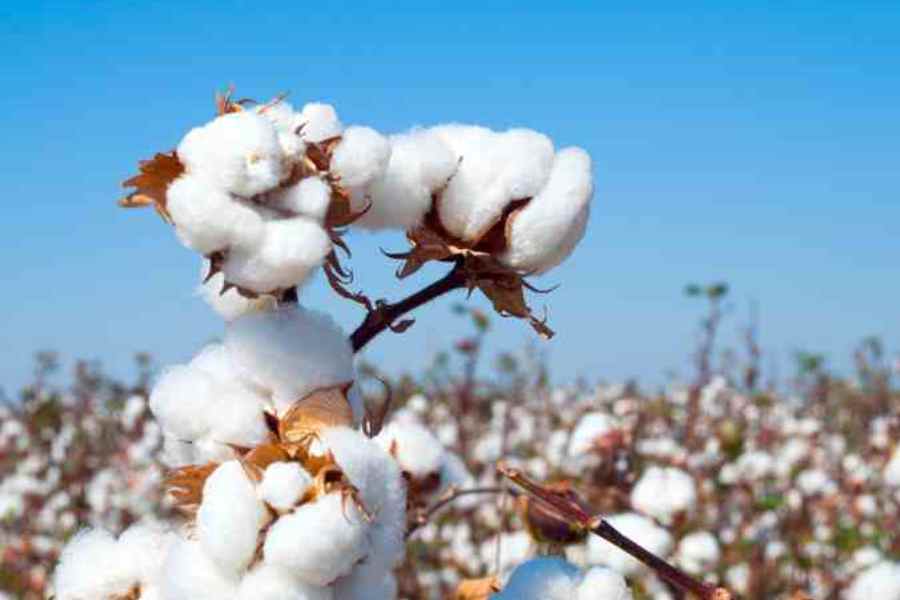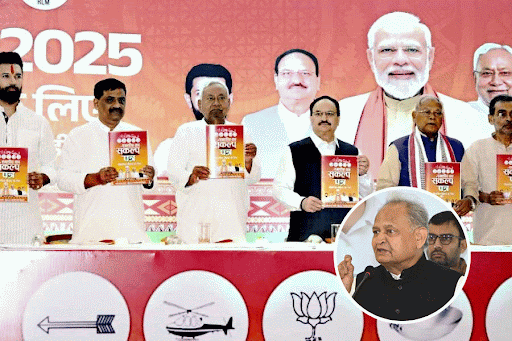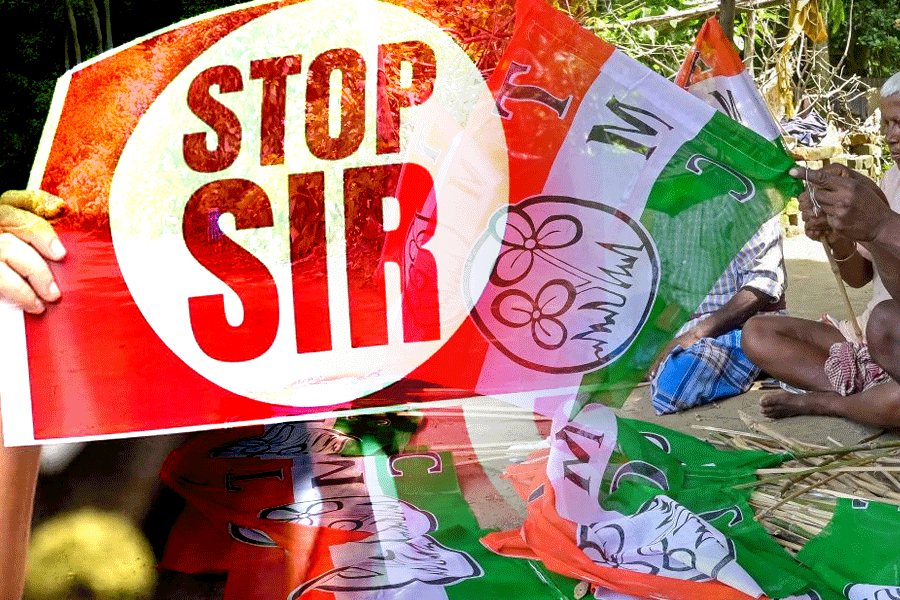Something is afoul on the cotton fields. A three-pronged problem is rattling Indian cotton growers. To make matters worse, there is a fourth problem in the form of the callous, even lackadaisical, government, which has been sitting on the warnings for a decade.
Let us begin at the beginning: first, the productivity of this man-made fibre is on a steep decline — affecting overall cotton production — due to the return of the pink-bollworm, a nasty worm that ravaged the fields over 30 years ago and led to the adoption of genetically modified technology since 1996 taking production to an all-time high by 2012-13. This pest has returned. This means that the genetically modified technology is now a dud. Second, India is now becoming a net importer of cotton in a stunning reversal of fortunes from a decade ago, when it was among the major exporters. And third, cotton prices are stagnant or dwindling.
Why does all this matter? Because after wheat and rice, cotton holds the largest acreage, at over 11 million hectares (this, too, is a decline from a few years ago when it touched 14 million ha), and produces millions of man-days of labour fuelling the rain-fed rural and agriculture economies.
The return of the pink-bollworm first set alarm bells ringing as early as in 2015. That year, Indian cotton scientists were deeply worried about what they felt was a conclusive breakdown of the genetically modified Bt-cotton technology. By 2017, Gujarat and Maharashtra, among the major cotton-producing states, had reported massive infestations of the pink-bollworm from the family of bollworms that this GM technology was supposed to tackle.
Bt-cotton derives its name from Bacillus thuringiensis, a soil-dwelling bacterium. The Bt hybrid cotton seeds contain cry (crystal) genes derived from the bacterium and inserted into the cotton plant genome (the genetic material of the cell) to provide protection against bollworms.
Bt-cotton was meant to control the bollworms without having to spray lethal pesticides. Whether the technology was good or bad is a separate debate, but India went for it. By 2020, the Central Institute of Cotton Research, an apex cotton research institution under the Indian Council of Agriculture Research, had warned that cotton growers across India would find the worms surviving and flourishing in Bt-cotton fields, having led field surveys since 2015.
Pink-bollworms are only part of the problem. The bigger worry is its declining production despite high acreage. The problem is a sum total of many factors, including climate, eroding soils and poor inputs. We do not have a new panacea for bollworms or to generate higher productivity in arid areas in the rapidly changing climate. Troubled growers do not have much of a choice for a switch, which has begun to show up in the fields where planting cotton is becoming a game of Russian roulette.
Our cotton output for 2024-25 is projected to be about 294 lakh bales (1bale = 170 kg cotton lint), the lowest since the 290 lakh bales in 2008-09. Compare it with the production of 398 lakh bales, a peak, in 2013-14, and you get the picture of a bloodbath. It is not driven by a fall in cotton sowing acreage but by a sharp drop in productivity: from nearly 300 kg lint per ha, it rose to 566 kg in 2013-14 before plunging to 436 kg in 2023-24. In comparison, Brazil yields 1,800-2,000 kg lint per ha, almost four to five times that of India. Ditto for China and the United States of America. Within India, too, there is a massive variation intra- and inter-state in cotton productivity. This was the first year when Indian cotton imports of 30 lakh bales surpassed exports of 17 lakh bales whereas India, on average, exported 120 lakh bales merely 12 years ago. In value terms, cotton imports far outweigh the exports in dollars.











